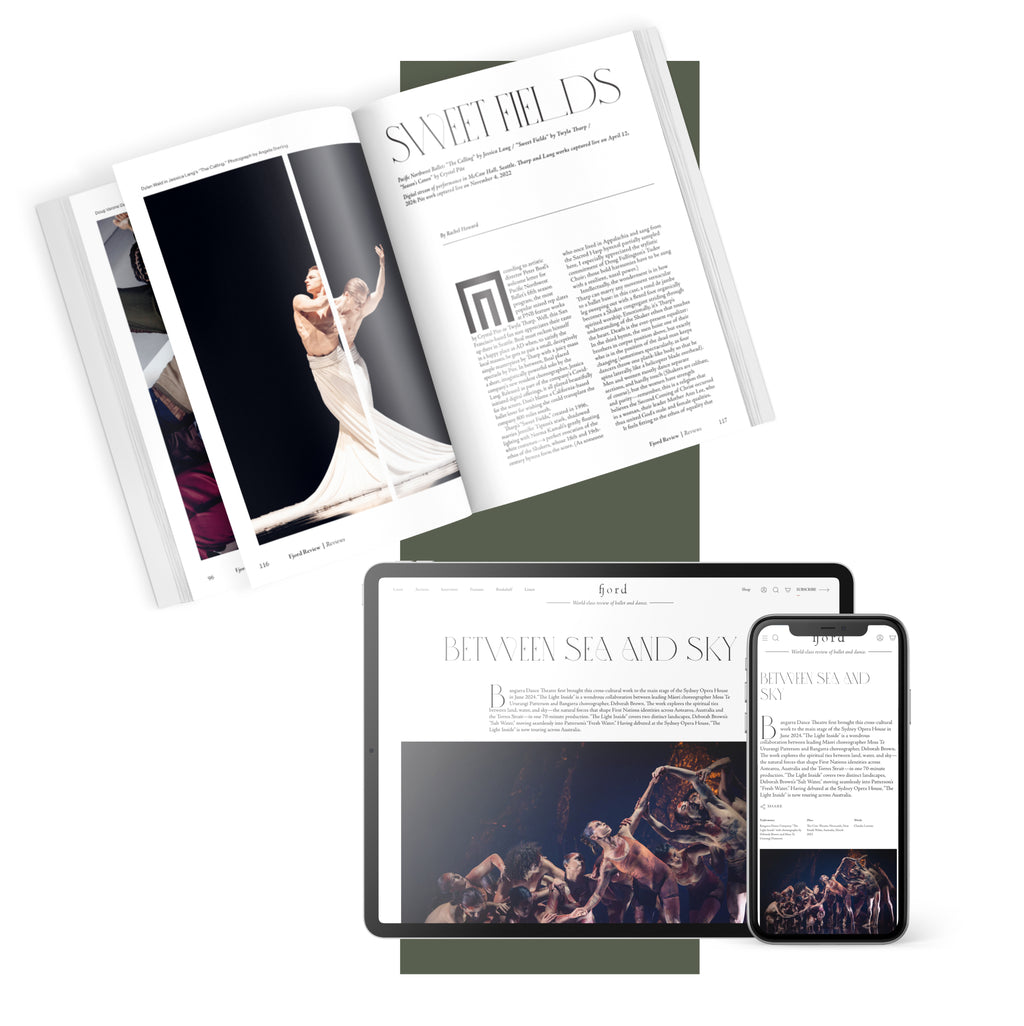Founded in 2012 when Fernando Sáez, Osnel Delgado, and Daile Carrazana left Danza Contemporanea de Cuba to strike out on their own, the Malpaso directors have an appetite for artistic collaboration. This program was no exception, opening with a work by New York City choreographer, Ephrat Asherie, who is known for hip hop, breaking and house club dancing. She dedicated “Floor…y ando” to her mentor, the late Gus Solomons, Jr. The work nicely introduced the three prominent Malpaso men, Esteban Aguilar, Osnel Delgado, and Esven González, who functioned as the spine of the evening. Dressed in t-shirts and chinos, their gestures and pauses suggested a casual conversation. The dance broadened into a dynamic trio, well-paced and full of smooth loose-limbed moves set to a mellow piano solo performed live by Ben Rosenblum. I could hear the dancers’ sneakers squeak on the floor as they scampered through the fast foot work.
Dunia Acosta and Danny Rodriguez shone in Carrazana’s “La Última Canción.” For one thing, their satin costumes literally shone—Acosta in a red-orange halter jumpsuit and Rodriguez sporting a loud marigold yellow shirt and shorts. A delightful ensemble work for seven, “Canción” featured live jazz piano, interspersed with recorded traditional Cuban music.
The curtain rose on Acosta, spotlit in stillness. Ever so slowly she sank into one hip and then into the other, pounded her chest with a fist, balanced on one leg while leaning forward until she was stretched in one extended line from toe to toe. After a duet with Rodriguez and Aguilar, Acosta snatched a sock from Rodriguez’s foot, slipped it into her bodice, and gave Aguilar’s chest a slap.











comments